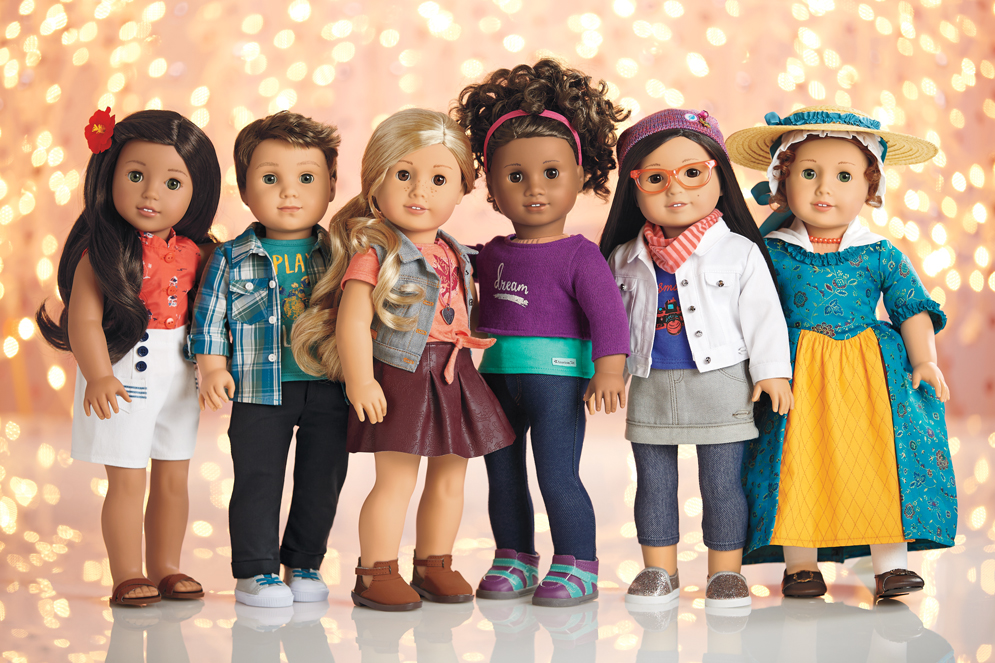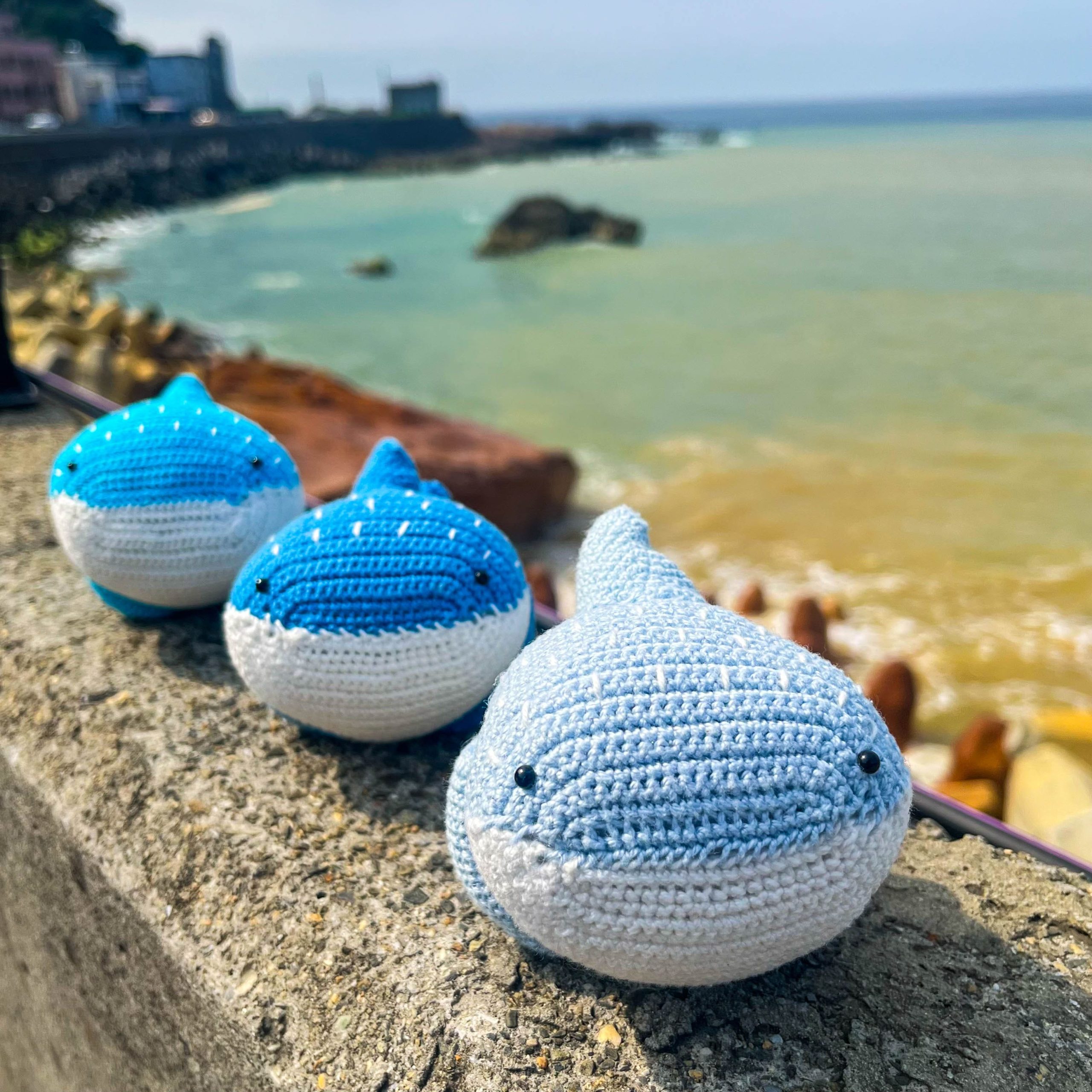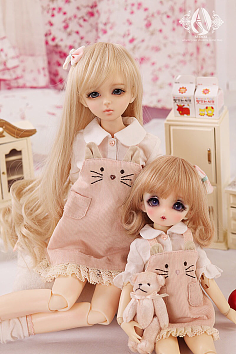Historical Figures: The Origins Of American Girls Dolls
The origins of American Girls dolls can be traced back to the early 1980s, when Pleasant Rowland, a former teacher and textbook writer, came up with the idea of creating a line of dolls that would teach young girls about different periods in American history. The first three dolls released in 1986 were Kirsten Larson, Samantha Parkington, and Molly McIntire, each representing a specific time period in American history.
These historical figures were meticulously researched and designed to accurately reflect the clothing and lifestyle of their respective eras. Through these dolls, Rowland sought to educate young girls about important events and themes in American history while also providing them with a fun and engaging play experience.

Cultural Influence: How American Girls Dolls Reflect Changing Times
American Girls dolls have served as a reflection of changing cultural norms and values throughout history. From the early representation of historical figures to the more recent inclusion of diverse modern characters, these dolls have adapted to reflect the evolving ideals of American society. As attitudes towards gender roles, race, and body image have shifted over time, so too have the dolls themselves.
The inclusion of characters from different backgrounds and time periods not only allows for a broader representation of American history but also promotes inclusivity and acceptance in today’s society. Ultimately, American Girls dolls serve as a visual representation of how cultural influences shape our perceptions of identity and diversity.
Modern Trends: The Transformation Of American Girls Dolls In The Toy Industry
In recent years, American Girls dolls have undergone a significant transformation to keep up with modern trends in the toy industry. These dolls have evolved to reflect a more diverse range of backgrounds, interests, and experiences that resonate with today’s young girls. From introducing dolls with different ethnicities and body types to featuring characters with disabilities and unique talents, American Girls has embraced inclusivity and representation.
Additionally, the brand has adapted to changing technology by incorporating digital elements into their storytelling and play experiences. By staying current with the preferences of today’s children, American Girls dolls continue to remain relevant and appealing in the ever-evolving toy market.

Popular Culture: The Impact Of American Girls Dolls On Society Today
American Girls dolls have had a significant impact on popular culture, shaping the way young girls view themselves and the world around them. Through their diverse range of dolls representing different ethnicities, backgrounds, and time periods, American Girls has promoted inclusivity and diversity in society. These dolls have also sparked conversations about important historical events and figures, educating children in a fun and interactive way.
Additionally, American Girls dolls have influenced fashion trends, with their historically accurate outfits inspiring modern clothing designs. Overall, American Girls dolls have left a lasting impression on society today by encouraging empathy, understanding, and creativity among young girls.
Limited Editions And Collaborations: The Collectible Appeal Of American Girls Dolls
One of the key factors contributing to the enduring popularity of American Girl dolls is their limited edition releases and collaborations with other brands. These special edition dolls often feature unique outfits, accessories, and storylines that set them apart from the standard line. Collectors eagerly anticipate these releases, as they offer a chance to own a truly one-of-a-kind doll that may become a valuable collector’s item in the future.
Collaborations with popular brands or artists also add to the appeal of these dolls, attracting fans who may not have been interested in American Girl before. The collectible nature of these limited editions creates a sense of exclusivity and excitement among collectors and enthusiasts alike.









